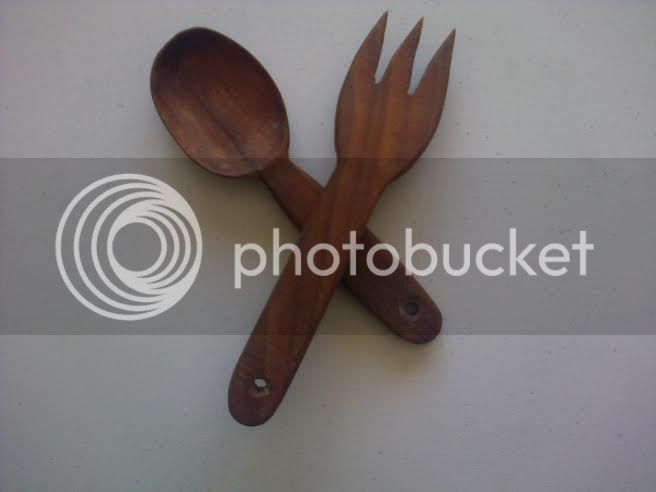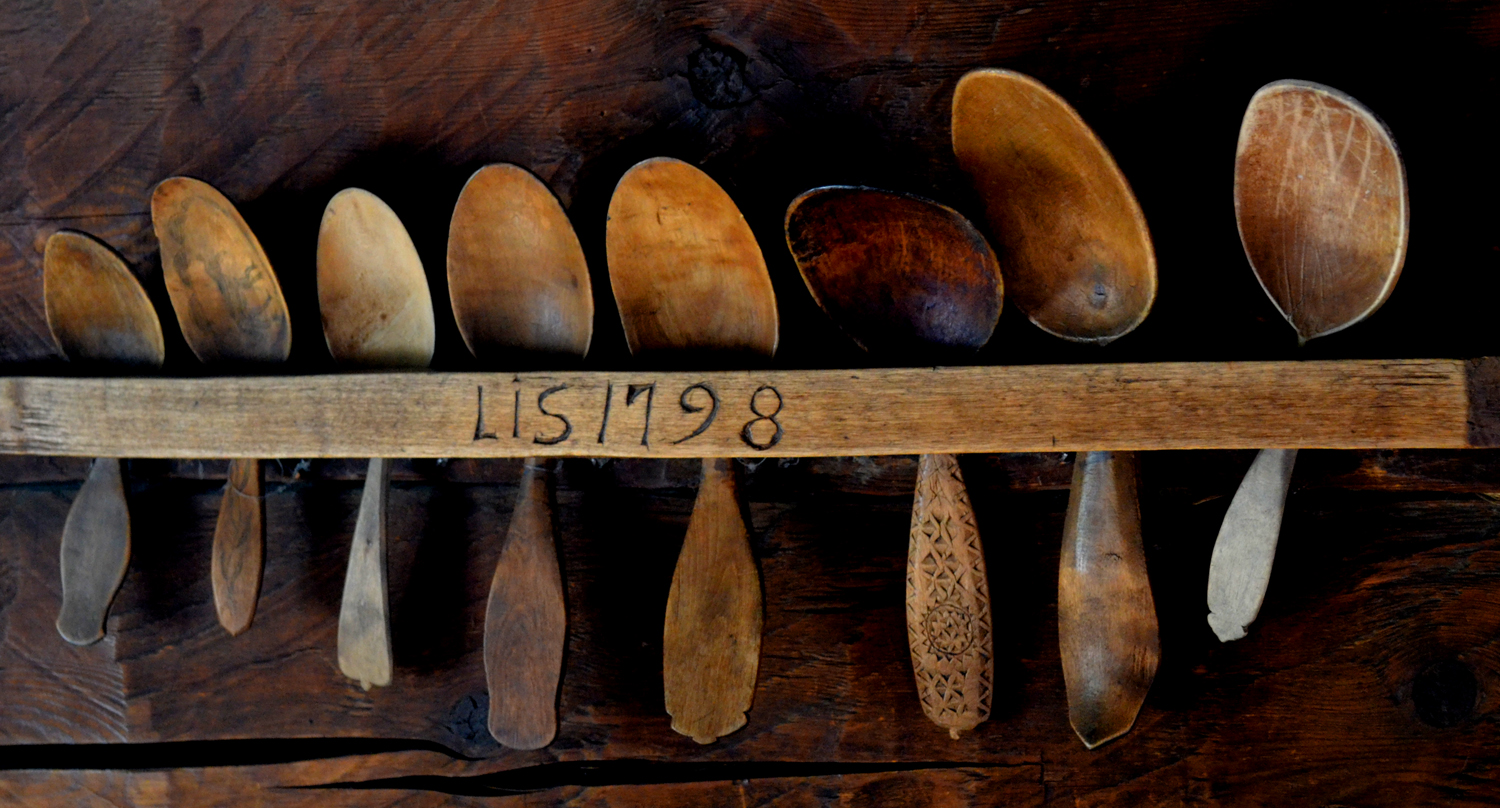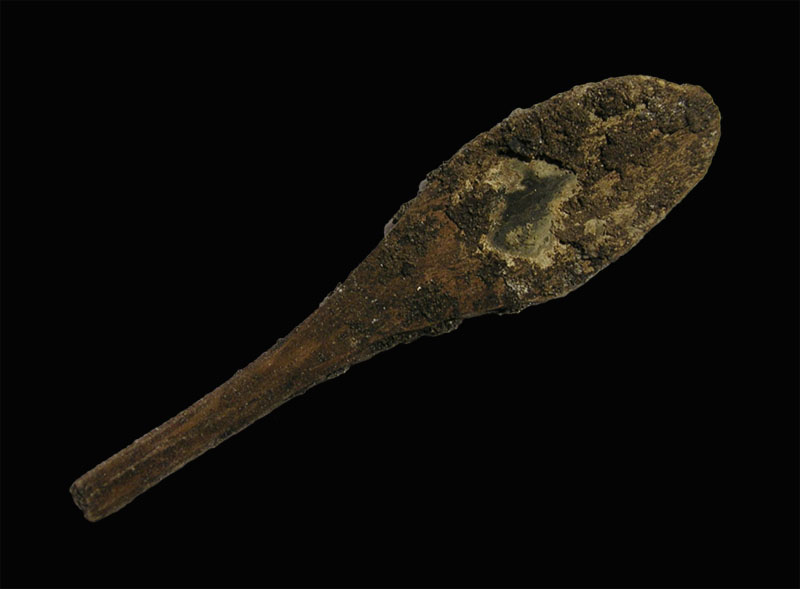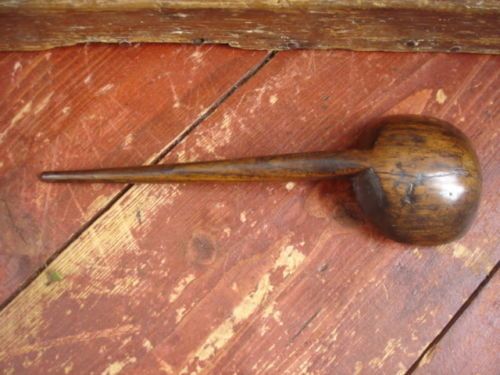I want to start my first wooden spoon and I just don't know where to start. Which kind of wood should I use should I cut a piece off of one or go to a store say like home depot and get like popular and what style use I go with I am wanting it to look as much 18th century as possible thanks
-
Friends, our 2nd Amendment rights are always under attack and the NRA has been a constant for decades in helping fight that fight.
We have partnered with the NRA to offer you a discount on membership and Muzzleloading Forum gets a small percentage too of each membership, so you are supporting both the NRA and us.
Use this link to sign up please; https://membership.nra.org/recruiters/join/XR045103
You are using an out of date browser. It may not display this or other websites correctly.
You should upgrade or use an alternative browser.
You should upgrade or use an alternative browser.
wooden spoons
- Thread starter jrbaker90
- Start date

Help Support Muzzleloading Forum:
This site may earn a commission from merchant affiliate
links, including eBay, Amazon, and others.
Stock wood...cherry, maple, beech I dont remember seeing walnut off hand. Its a little porus but may work well if finished out hard.
Jr: What part of the country are you in?
Catalpa works. So does aspen and of course birch or any of the fruit woods.
Catalpa works. So does aspen and of course birch or any of the fruit woods.
- Joined
- Jan 3, 2013
- Messages
- 20,091
- Reaction score
- 1,023
Made from walnut made when I was a teenager


try basswood or butternut.i've been carvin for 7-8 yrs lots of fun.i have no way to post pic's sorry :hatsoff: :v
Stophel
75 Cal.
- Joined
- Jul 8, 2005
- Messages
- 5,963
- Reaction score
- 869
I cut out a "blank" of tulip poplar to make a spoon, myself some time ago, never got around to it! Harder, finer grained wood will work better, obviously. Maple, beech, etc. Walnut looks pretty, but I don't think I'd want the bitter walnut taste in my mouth with every spoonful... :grin:
For such small projects, I often use "junk wood". Pieces of pallets or "scotch blocks". I will always take home pieces of walnut or cherry or ash or whatever from work. It's usually not great wood, generally made from branches, hence it's use for such things, but I can usually get some good workable pieces between the knots. :wink:
For such small projects, I often use "junk wood". Pieces of pallets or "scotch blocks". I will always take home pieces of walnut or cherry or ash or whatever from work. It's usually not great wood, generally made from branches, hence it's use for such things, but I can usually get some good workable pieces between the knots. :wink:
Like a spoon :haha: :shake: :redface: Sorry I couldn't resist. :v
- Joined
- Jan 3, 2013
- Messages
- 20,091
- Reaction score
- 1,023
now that's funny
Stophel
75 Cal.
- Joined
- Jul 8, 2005
- Messages
- 5,963
- Reaction score
- 869
Swedish wooden spoons:

18th century wooden spoon found at "Reynolds Tavern" in Annapolis, MD:

18th century Welsh spoon:

I've seen others that are supposedly 18th century spoons (and earlier) that are much like this one. Just a big round bowl and a long, straight round handle. Nothing fancy. Conversely, many others are like the Swedish spoons above. Short, flat handles, apparently meant to be gripped by the thumb and forefinger.
:wink:

18th century wooden spoon found at "Reynolds Tavern" in Annapolis, MD:

18th century Welsh spoon:

I've seen others that are supposedly 18th century spoons (and earlier) that are much like this one. Just a big round bowl and a long, straight round handle. Nothing fancy. Conversely, many others are like the Swedish spoons above. Short, flat handles, apparently meant to be gripped by the thumb and forefinger.
:wink:
GunnyGene
75 Cal.
Easy to make wooden utensils. I use maple for spoons, spatulas, stirrers, and related cooking utensils. They are my wife's favorites above steel or plastic, likewise endgrain cutting boards. You want to use a closed grain wood. Oak and such is not a good choice.
The downside of wood stuff is that they need to be 'refreshed' periodically with a little sandpaper and mineral oil, and can't be put in a dishwasher. The upside is that they don't damage the common teflon lining of pot's and pans, and in the case of endgrain boards they don't dull knives like plastic, glass, or steel does.
Once you go wood, you'll never go back. :wink:
The downside of wood stuff is that they need to be 'refreshed' periodically with a little sandpaper and mineral oil, and can't be put in a dishwasher. The upside is that they don't damage the common teflon lining of pot's and pans, and in the case of endgrain boards they don't dull knives like plastic, glass, or steel does.
Once you go wood, you'll never go back. :wink:
GunnyGene
75 Cal.
PS to my last. A board and kitchen utensils:


Gene, love your pieces. That cutting board is spectacular. It brings to mind a junior high shop project I made back about 1966 -- a chessboard using alternating walnut and maple blocks, but not endgrain. What sort of glue did you use on your cutting board? I would think something like Titebond III would be "food safer" than epoxy.
freekforge
45 Cal.
- Joined
- Jul 2, 2010
- Messages
- 788
- Reaction score
- 1
I used silver maple and walnut for mine. I did a lot of decorative ones from walnut when I was in middle school old ladies at the craft shows would go nuts. But for eating I liked the maple ones better
GunnyGene said:The downside of wood stuff is that they need to be 'refreshed' periodically with a little sandpaper and mineral oil, and can't be put in a dishwasher. The upside is that they don't damage the common teflon lining of pot's and pans, and in the case of endgrain boards they don't dull knives like plastic, glass, or steel does.
The other upside of wood is that it floats in the dishwater and therefore doesn't get lost or forgotten.
I used food-grade walnut oil on the last bowl and spoon I made. I haven't tried eating from them yet, but it makes for a very beautiful finish after a couple coats.
I like that Welsh spoon, Chris.
Edited to add: I have made quite a number of bowls and spoons from cherry out of the firewood stack. I usually do the roughing out while it is still fairly green, then boil in water for 20 minutes or so to dry them out. After that I finish them at leisure (often at work, when I have some time to kill.)
I like that Welsh spoon, Chris.
Edited to add: I have made quite a number of bowls and spoons from cherry out of the firewood stack. I usually do the roughing out while it is still fairly green, then boil in water for 20 minutes or so to dry them out. After that I finish them at leisure (often at work, when I have some time to kill.)
glw
36 Cal.
- Joined
- Jul 20, 2005
- Messages
- 99
- Reaction score
- 65
As it happens, I just watched an episode of The Woodwright's Shop on PBS which had a man named Peter Follansbee as the guest. Spoon carving was the subject of the show.
His advice was to use a fruit wood (apple, pear, etc) and get it while it's still green if you can. This was his advice assuming you'd be using it to cool or serve.
I suppose that if you just want something to look cool, the wood species doesn't matter although some things like cherry and maple are really hard once they dry out. I speak from experience; I just carved the bowl of a cherry spoon last night although even though it's really hard, it's still doable. Follansbee was just trying to do his in a space of 20 minutes for the TV show.
He sells a video on the subject I think - check either the Lie-Nielsen tools website or shopwoodworking.com.
His advice was to use a fruit wood (apple, pear, etc) and get it while it's still green if you can. This was his advice assuming you'd be using it to cool or serve.
I suppose that if you just want something to look cool, the wood species doesn't matter although some things like cherry and maple are really hard once they dry out. I speak from experience; I just carved the bowl of a cherry spoon last night although even though it's really hard, it's still doable. Follansbee was just trying to do his in a space of 20 minutes for the TV show.
He sells a video on the subject I think - check either the Lie-Nielsen tools website or shopwoodworking.com.
Last edited by a moderator:
Similar threads
- Replies
- 5
- Views
- 609
- Replies
- 2
- Views
- 265
- Replies
- 41
- Views
- 2K




